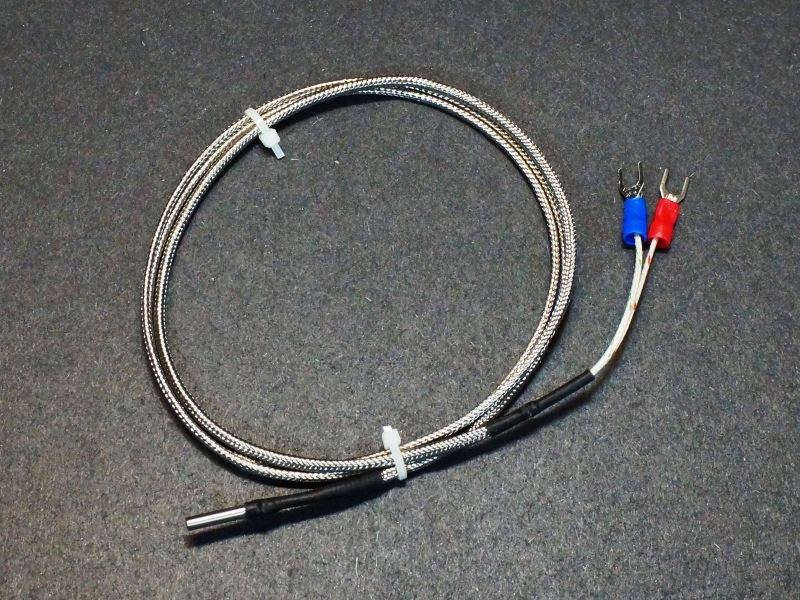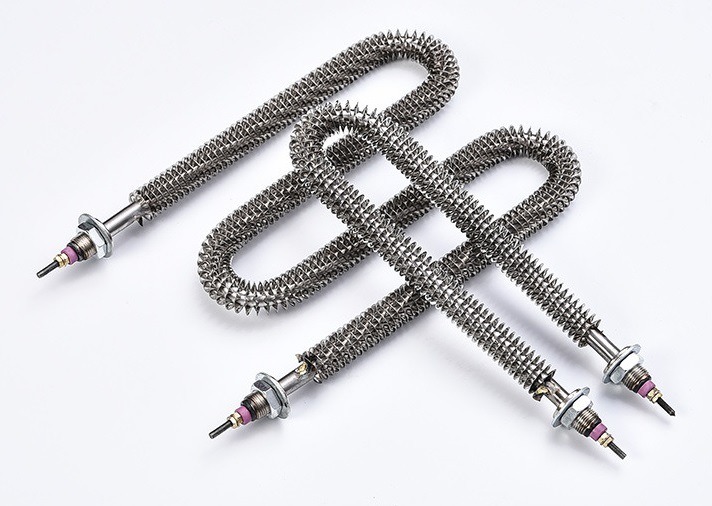What is a Thermocouple – A Short Guide

In the world of temperature measurement, thermocouples reign supreme. These simple yet powerful devices are the unsung heroes of countless industries. Thermocouples quietly keep things running smoothly from steel production to your home oven. Let’s dive into the fascinating world of thermocouples and explore their inner workings. Understanding Thermocouples At its core, a thermocouple is an elegantly simple device. It consists of two different metal wires joined at one end. This junction creates a small electrical voltage when exposed to temperature changes. Thermocouple manufacturers have honed this principle into a precise science. Types of Thermocouples Every thermocouple manufacturer produces a variety of types, each suited for specific applications. The most common types include: Type K: The workhorse of the thermocouple world, suitable for a wide range of applications Type J: Ideal for reducing atmospheres and vacuum applications Type T: Excellent for low-temperature and cryogenic applications Type E: High sensitivity makes it perfect for low-temperature measurements Type N: Superior stability in high-temperature oxidizing environments Types R and S: Platinum-based thermocouples for high-temperature precision measurements Type B: Another platinum-based type for extremely high temperatures How Thermocouples Work Thermocouple manufacturers design these devices to operate on a simple yet ingenious principle. When the junction of two dissimilar metals is heated, it generates a small voltage. This voltage increases as the temperature rises, following a predictable curve. The Measurement Process The thermocouple junction is exposed to the temperature to be measured The temperature difference creates a small voltage (typically millivolts) This voltage is measured and converted to a temperature reading Compensation is applied for the reference junction (usually at room temperature) Applications of Thermocouples The versatility of thermocouples makes them indispensable in numerous industries. Thermocouple manufacturers produce sensors for a wide range of applications, including: Industrial Processes: Monitoring temperatures in furnaces, kilns, and reactors Automotive: Engine management systems and exhaust gas temperature measurement Aerospace: Jet engine monitoring and spacecraft thermal management Food and Beverage: Ensuring proper cooking and storage temperatures HVAC: Controlling heating and cooling systems in buildings Medical Equipment: Monitoring sterilization processes and patient temperatures Scientific Research: Precise temperature control in laboratories Advantages of a Thermocouple Thermocouple manufacturers highlight several key benefits that make their products indispensable: Wide Temperature Range: Some types can measure from -270°C to over 2300°C Durability: Rugged construction suitable for harsh industrial environments Fast Response: Quick reaction to temperature changes Simplicity: No power supply is required at the measuring point Cost-Effective: Relatively inexpensive compared to other temperature sensors Versatility: Available in various sizes and configurations for different applications The Future of Thermocouple Technology Thermocouple manufacturers continue to innovate, pushing the boundaries of what’s possible. Some emerging trends include: Smart Thermocouples: Integrated electronics for improved accuracy and diagnostics Nanotechnology: Exploring new materials and structures for enhanced performance Wireless Thermocouples: Eliminating the need for physical connections in some applications Advanced Alloys: Developing new metal combinations for extreme environments Integrated Systems: Combining thermocouples with other sensors for comprehensive monitoring Wrap Up Despite its simplicity, a thermocouple remains essential in modern industry and research. Their wide range, durability, and cost-effectiveness make them invaluable in countless applications. As technology advances, thermocouple manufacturers continue to refine and improve these versatile sensors. Whether you’re monitoring an industrial furnace or ensuring your turkey is perfectly cooked, a thermocouple is likely quietly doing its job. Understanding the principles behind these devices can help you appreciate their importance and select the right sensor for your needs.
What is a Finned Tubular Heater: A Comprehensive Guide

Heating technology has advanced greatly in recent years. One of the most efficient and versatile options available today is the finned tubular heater. This innovative heating solution combines the best of both worlds: the reliability of traditional tubular heaters and the enhanced heat transfer of finned designs. Let’s explore a finned tubular heater’s features, benefits, and applications. Basics of a Finned Tubular Heater Finned tubular heaters are a type of electric heating element. They consist of a metal tube with external fins attached to its surface. The core of the heater houses a heating element. This element generates heat when electricity passes through it. The fins on the exterior serve a crucial purpose. They increase the surface area for heat dissipation. Key Components of a Finned Tubular Heater Metal Tube: Usually made of stainless steel or copper Heating Element: Typically, a resistive wire Fins: Attached to the exterior of the tube Insulation: Surrounds the heating element inside the tube Terminal Connections: For electrical power input How Finned Tubular Heaters Work The operation of a finned tubular heater is straightforward yet ingenious. When electrical current flows through the heating element, it generates heat. This heat is then transferred to the metal tube. The fins attached to the tube’s exterior play a crucial role. They significantly increase the surface area available for heat dissipation. Advantages of a Finned Tubular Heater Finned tubular heaters offer several advantages over other heating solutions. Their unique design contributes to their popularity across various industries. Let’s explore some of these benefits: Increased Efficiency: The finned design allows for better heat transfer. Compact Size: Despite their high output, these heaters are relatively compact. Versatility: They can be used in air, liquid, and solid applications. Durability: The robust construction ensures a long operational life. Cost-Effective: Higher efficiency leads to lower energy costs over time. Easy Maintenance: Simple design makes cleaning and maintenance straightforward. Customizable: Can be tailored to specific heating requirements. These advantages make finned tubular heaters a popular choice in many heating applications. They offer a balance of performance, efficiency, and cost-effectiveness. Applications of a Finned Tubular Heater The versatility of finned tubular heaters makes them suitable for various applications. They are used across various industries and settings. Here are some common applications: Industrial Applications Process Heating: Used in manufacturing processes requiring precise temperature control Food Processing: For heating ovens, fryers, and other food preparation equipment Chemical Processing: In reactors and vessels requiring controlled heating Plastics Industry: For heating molds and extruders HVAC Applications Air Duct Heating: For warming the air in ventilation systems Frost Prevention: Used in refrigeration systems to prevent frost buildup Space Heating: In large industrial or commercial spaces Other Applications Automotive: In engine block heaters and defrosting systems Marine: For heating systems on ships and offshore platforms Agriculture: In greenhouse heating and animal husbandry The wide range of applications demonstrates the versatility and effectiveness of finned tubular heaters. They can be adapted to meet specific heating needs across diverse industries. Future Trends in Finned Tubular Heater Technology The world of heating technology is constantly evolving. Finned tubular heaters are no exception. Here are some trends to watch: Smart Controls: Integration with IoT for remote monitoring and control Advanced Materials: Development of more efficient and durable materials Improved Fin Designs: Research into optimal fin shapes for even better heat transfer Hybrid Systems: Combination with other heating technologies for enhanced performance Miniaturization: Smaller, more compact designs for specialized applications These advancements promise to make finned tubular heaters even more efficient and versatile. Wrap Up As we look to the future, finned tubular heaters will likely play an increasingly important role in heating solutions. Their adaptability to various industries and applications makes them a valuable tool in our quest for efficient and effective heating. Whether you’re considering a finned tubular heater for your industrial process or any other application, it’s clear that these innovative heaters offer significant benefits. Their combination of performance, efficiency, and cost-effectiveness makes them a smart choice for many heating needs.










